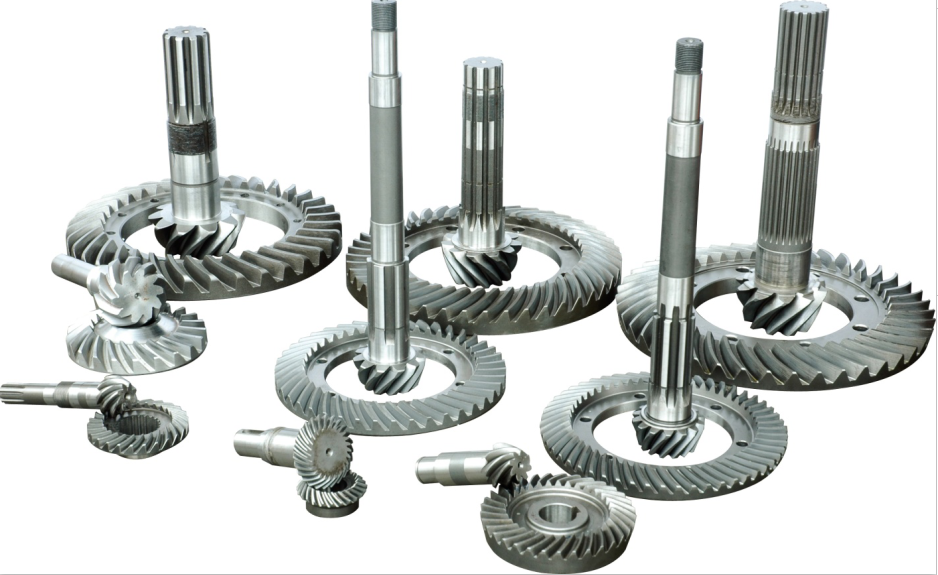Worm gears, while offering advantages in certain applications, do face challenges related to backlash and efficiency. Let’s delve into these challenges and discuss how they can be addressed:

- Backlash: Backlash refers to the clearance between the mating teeth of the worm gear and the worm. It can result in lost motion, reduced accuracy, and diminished overall performance. Backlash in worm gears is primarily caused by factors such as manufacturing tolerances, misalignment, wear, and the inherent nature of the gear design. To overcome backlash challenges:
- Precision Manufacturing: Employ precision manufacturing techniques to ensure tight tolerances and accurate tooth profiles. This helps minimize the initial backlash in worm gear sets.
- Proper Alignment: Ensure proper alignment between the worm and worm gear during assembly. Misalignment can increase backlash and reduce efficiency. Use alignment tools and techniques to achieve accurate alignment, minimizing the gap between the teeth.
- Preloading: In some applications, preloading can be employed to reduce or eliminate backlash. Preloading involves applying a controlled amount of axial force to the worm gear, effectively reducing the clearance between the mating teeth. This technique requires careful consideration of the axial forces and potential effects on system performance.
- Anti-Backlash Mechanisms: Anti-backlash devices, such as spring-loaded or adjustable backlash nuts, can be incorporated into the worm gear system. These mechanisms help reduce or eliminate backlash by applying a constant force to the gear system, ensuring tight engagement between the teeth.
- Regular Maintenance: Monitor the system for wear and perform regular maintenance to address any increase in backlash over time. Replace worn components, such as the worm or worm gear, to maintain optimal performance.
- Efficiency: Worm gear efficiency is influenced by several factors, including the lead angle of the worm, the friction between mating surfaces, and the lubrication used. Worm gears inherently have lower efficiencies compared to some other gear types due to the sliding contact between the worm and worm gear teeth. However, certain measures can be taken to enhance efficiency:
- Optimized Geometry: Properly design the worm and worm gear with optimized tooth profiles and lead angles. This can help reduce sliding friction and improve efficiency.
- Quality Lubrication: Employ high-quality lubricants specifically formulated for worm gears. The lubricant should have good EP properties and be capable of minimizing friction and wear. Regular lubricant maintenance, as discussed earlier, is essential for sustaining efficiency.
- Efficient Materials: Choose appropriate materials for the worm and worm gear that offer good wear resistance and low friction characteristics. Materials such as bronze, steel, and specialized coatings can be considered.
- Minimize Misalignment: Misalignment between the worm and worm gear can lead to increased friction and reduced efficiency. Proper alignment during installation and regular checks for misalignment can help mitigate this issue.
- Enhanced Manufacturing Techniques: Advanced manufacturing techniques, such as precision grinding and finishing processes, can help achieve smoother tooth surfaces, reducing friction and improving efficiency.
It’s important to note that worm gear systems have inherent trade-offs between efficiency and other desirable characteristics, such as high gear ratios, compact size, and self-locking properties. Careful consideration of the specific application requirements is necessary when choosing worm gears to ensure that the benefits outweigh the challenges.
Consulting with gear experts, manufacturers, and application engineers can provide valuable insights and guidance on overcoming challenges related to backlash and efficiency in worm gear systems, enabling the selection and implementation of optimized solutions.
